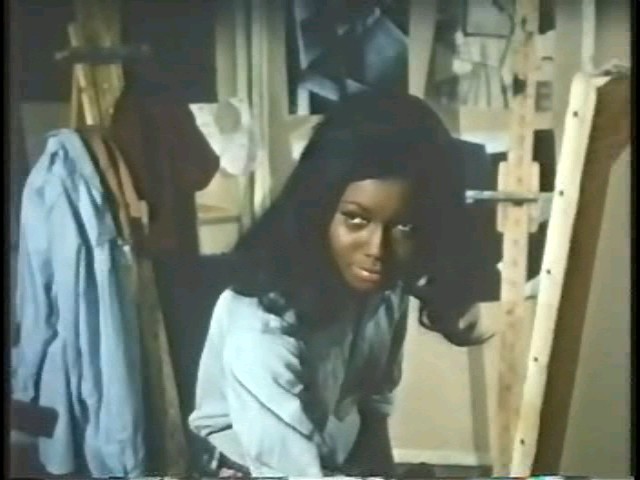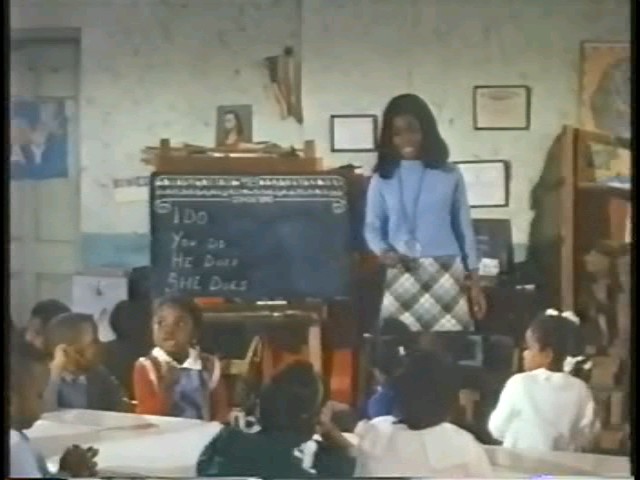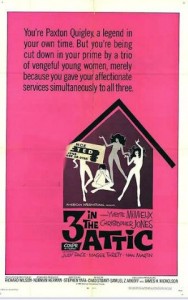|
Genres, Themes, Actors, and Directors:
- Black Comedy
- Prisoners
- Revenge
- Womanizers
- Yvette Mimieux Films
Review:
Shortly after the release of Wild in the Streets, Christopher Jones starred in another AIP social satire, this one about three college girls who take an unusual form of sexual revenge on their cheating lover. Unfortunately, the idea of kidnapping a man and forcing him to have sex until his strength is literally sapped sounds amusing on paper, but is too far-fetched to believe; Jones never once tries to escape from his flimsy attic-prison, and far too many other logistical details are glossed over. The story is much more interesting during the first hour, when we watch a nicely told, if somewhat conventional, tale of a Casanova trying to juggle three women without any of them finding out. Fortunately, the lead actors are all appealing, and make the film — despite its flaws — easy to watch: Jones acquits himself admirably as a nice-guy Alfie; Yvette Mimieux gets to do more than simply look sexy (though she does that, too); Judy Pace is a welcome spitfire; and Maggie Thrett is appropriately wacky as a hippie Jewish girl who loves to paint flowers on skin.
Note: Be sure not to miss the creative closing credits.
Redeeming Qualities and Moments:
- Christopher Jones as Paxton Quigley

- Yvette Mimieux as Tobey

- Judy Pace as Eulice

- An odd scene in which Paxton stumbles upon Eulice teaching Standard English to a classroom of children

Must See?
No, but film fanatics will likely be curious to check it out. Listed as a Cult Movie in the back of Peary’s book.
Links:
|





2 thoughts on “Three in the Attic (1968)”
Not a must. Rather in complete agreement with the assessment.
Ultimately preposterous stuff here, though ffs will probably want to watch if it happens upon them – I don’t know that I’d seek it out, necessarily.
Be warned that there are many ‘groovy ’60s’ montages within. And, despite its display of revolutionary sex and female empowerment, it has an ‘East – west – home is best’ message at its center.
The ending is particularly creepy, considering that Mimieux earlier admits to wanting Jones dead. Also of ‘note’ is the sequence involving “Pig Night”: though sanitized, it depicts a whole bunch of frat boys being entertained by a semi-nude, drunk, local girl who, upon passing out, is christened “Queen Pig”. Luckily, we don’t see what no doubt follows.
In terms of acting, though the leads, as noted, are generally pleasant to watch, Mimieux has the strangest role to play. It’s kind of funny, early on, when Jones mentions Kierkegaard in passing and that seems to work as an aphrodisiac on her. It’s less funny – but still creepy – when we realize her revenge tactic is rooted in an earnest desire to understand why the average man (i.e., Jones) can’t be faithful.
Fave scene involves supporting cast members Nan Martin (as the dean) and fellow student Reva Rose (who played Lucy off-Broadway in ‘You’re a Good Man, Charlie Brown’) trying to get to the bottom of what’s going on on-campus.
Most intriguing line belongs to Jones: “Thank God for faggots. I sometimes think that faggots make it with more chicks than guys do.” (Faggots, of course, not being ‘guys’…)
I’m glad you mentioned the plethora of ’60s montage sequences (nb: is it possible for film fanatics to EVER use the word “plethora” without immediately thinking about the infamous “plethora of pinatas” scene in “Three Caballeros”, a recent cult favorite??). At any rate, the stylized montages date the film quite a bit; Roger Ebert puts it especially well in his review: “When director Richard Wilson freezes the action so Quigley can give us advice about the care and handling of women, the result is a weak echo of ‘Alfie,’ which was a strong echo of ‘Tom Jones.'”
While I enjoyed the Nan Martin/Reva Rose comedic interaction somewhat, it felt stylistically out of place. In fact, I’d say that’s one of the film’s main problems: it’s trying to be too many things. This was the same feeling I had about the “queen pig” sequence, which is not only deeply disturbing, but frustrating as well, since it seems to be TRYING to tell us that Quigley isn’t nearly as bad as his fraternity brothers (he runs away in disgust), but is ultimately never followed up on — indeed, his character as a whole is a confused mix of outright womanizer and “good guy” attempting (however feebly) to get out.
It’s true that Mimieux’s character is the most fully fleshed out, and I loved Quigley’s pick-up line (despite my distaste for his general motivation).
In some ways, “3 in the Attic” reminds me of Australian import “Alvin Purple” in its (dated) portrayal of a man women can’t seem to keep their hands off of… What a fantasy.